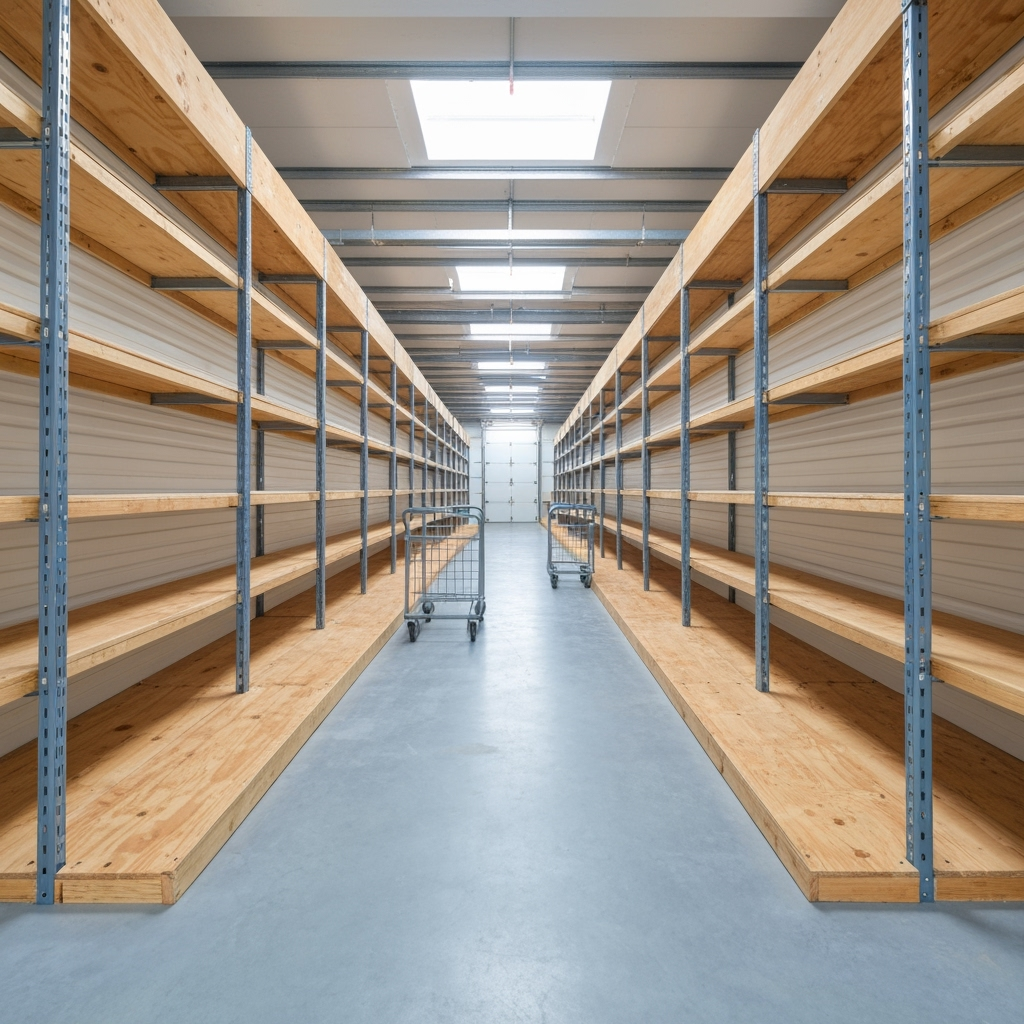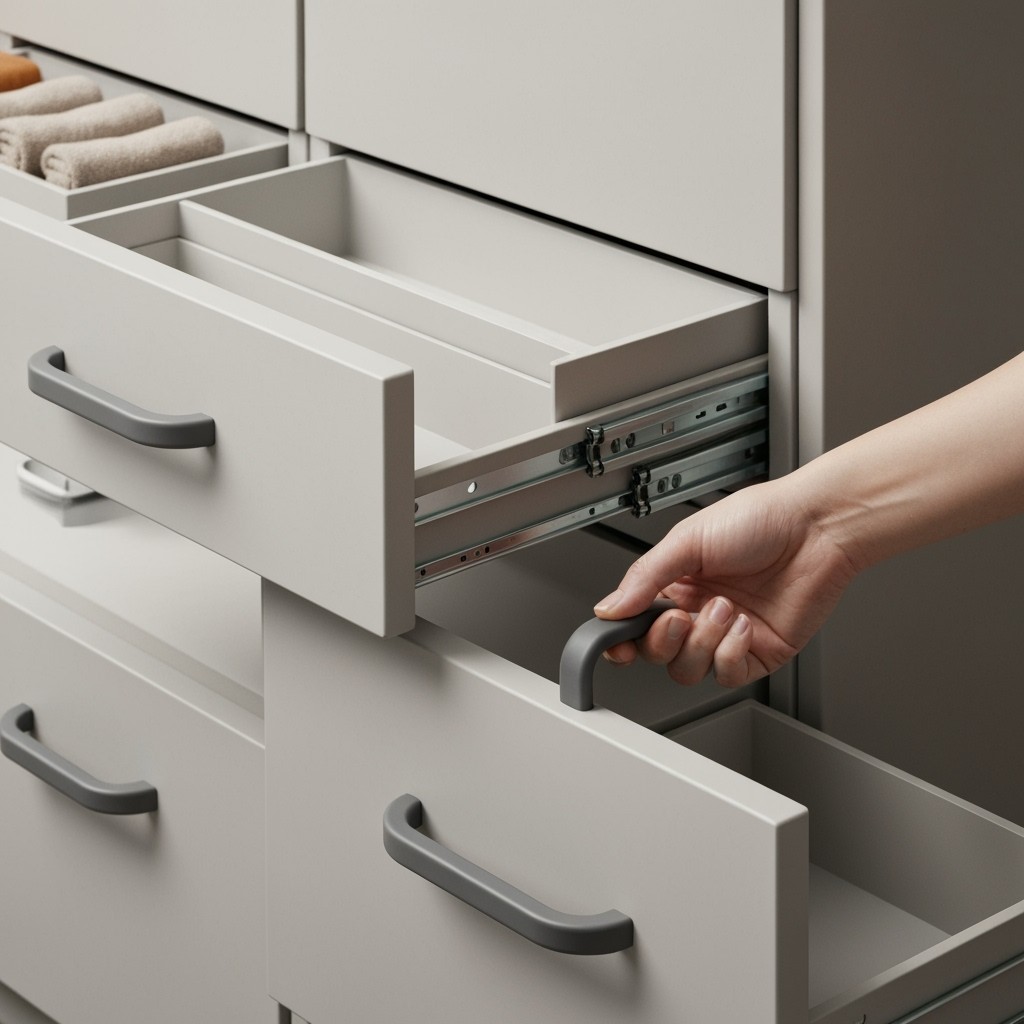Understanding Accessible Storage Solutions

For people with disabilities, having an accessible storage unit isn’t just about convenience—it’s about independence and empowerment. Whether you’re storing personal items, medical equipment, or household goods, the right storage setup can make all the difference in maintaining your autonomy and ensuring easy access to your belongings.
Key Features of Accessible Storage Units
When selecting and setting up an accessible storage unit, consider these essential features:
- Wide, unobstructed pathways (minimum 36 inches)
- Ground-level units or facilities with reliable elevators
- Well-lit spaces with motion-sensor lighting
- Climate control for medical equipment
- Roll-up or lightweight doors with easy-grip handles
- Smooth, level flooring without thresholds
Smart Organization Strategies

Organizing your storage unit with accessibility in mind can significantly improve its usability:
- Install adjustable shelving at comfortable reaching heights
- Use clear, large-print labels or braille identification
- Implement a zone system for different categories of items
- Keep frequently accessed items at the front
- Consider pull-out drawers and rotating organizers
Medical Equipment Storage Considerations
For those storing medical equipment, special attention should be paid to:
- Climate control settings for sensitive equipment
- Proper ventilation and humidity control
- Secure storage for backup equipment
- Easy access to emergency supplies
- Clear pathways to essential medical items
Working with Storage Facility Staff
Effective communication with facility staff can enhance your storage experience:
- Discuss specific accessibility needs upfront
- Ask about assistance programs or services
- Request information about emergency protocols
- Establish a plan for snow removal and maintenance
- Keep emergency contact information updated
Technology and Adaptive Solutions
Modern technology can make storage units more accessible:
- Smartphone-controlled access systems
- Remote monitoring capabilities
- Motion-activated lighting
- Digital inventory management systems
- Smart security features
Safety and Emergency Preparedness
Safety should always be a top priority:
- Keep emergency numbers readily available
- Install battery-powered lighting backups
- Create clear evacuation routes
- Consider medical alert system coverage
- Maintain updated inventory lists
Planning for Seasonal Changes
Different seasons may require different accessibility considerations:
- Winter: Ensure paths are cleared of snow and ice
- Spring: Account for rain and wet conditions
- Summer: Plan visits during cooler hours
- Fall: Keep pathways clear of leaves and debris
Cost-Effective Accessibility Modifications
Making your storage unit more accessible doesn’t have to break the bank:
- Use portable ramps when needed
- Install battery-operated lights
- Add removable handle extenders
- Implement flexible storage solutions
- Consider sharing costs with family members
Legal Rights and Resources
Understanding your rights can help ensure appropriate accommodations:
- Familiarize yourself with ADA requirements
- Know your facility’s accommodation policies
- Connect with disability advocacy groups
- Document any accessibility concerns
- Seek assistance when needed
Conclusion
Creating an accessible storage solution is about combining the right facility features with smart organization strategies. By implementing these guidelines and working closely with storage facility staff, you can create a storage space that works for your specific needs and enhances your independence.










Leave a Reply